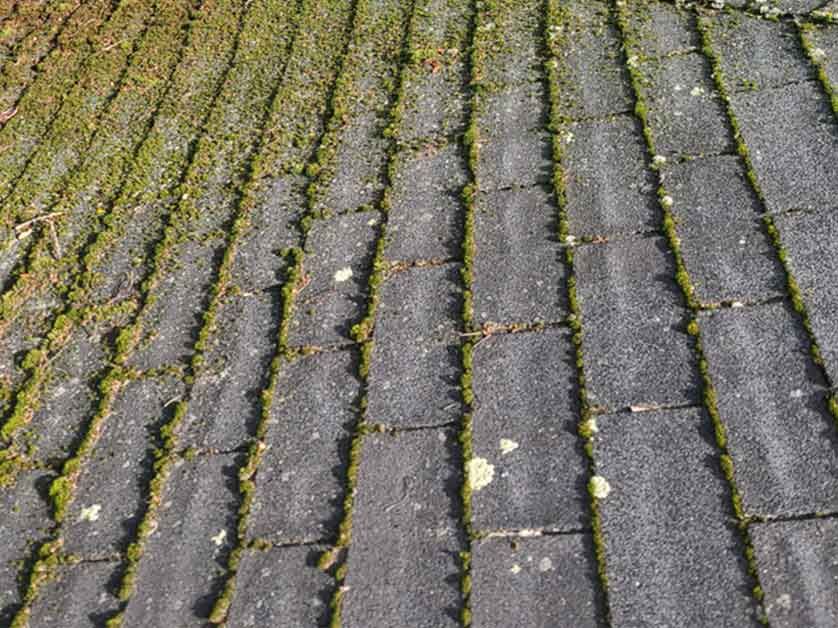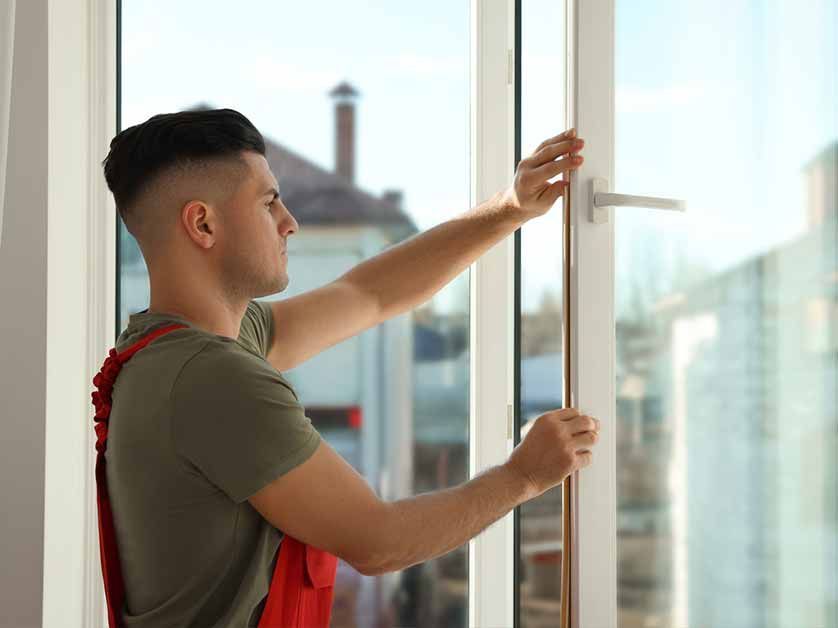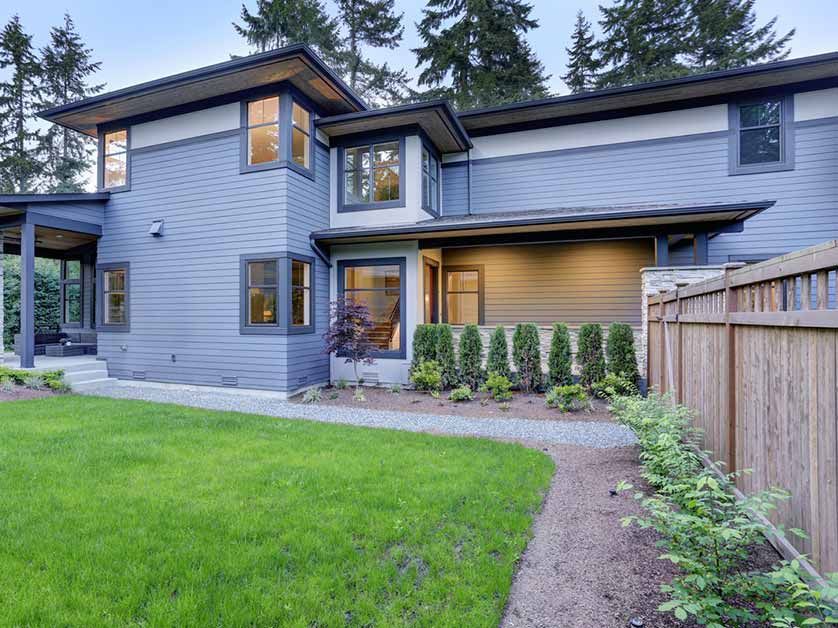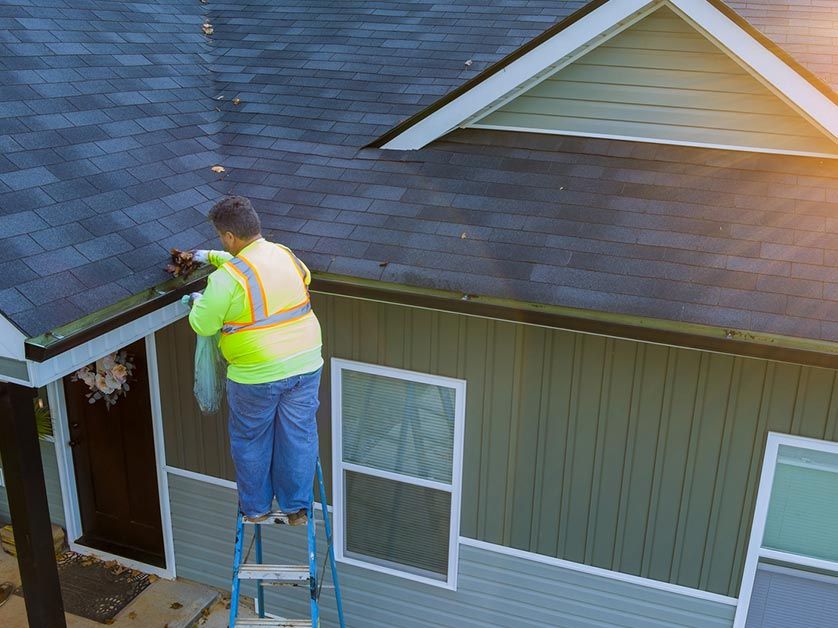The Impact of Humidity on Roof Performance and Integrity
Humidity is a significant environmental factor that can have a substantial impact on roofing systems. Whether you live in a region with high humidity levels or experience occasional humidity spikes, understanding how it affects your roofing system is essential for maintaining its integrity and longevity. In this article, local roofing expert Patriot Roofing LLC explores how humidity can influence roofing systems and what steps homeowners can take to mitigate its effects.

Expansion and Contraction
Roofs are constantly exposed to fluctuating weather and humidity levels. High levels of humidity cause materials to expand, while low humidity may result in contraction. This constant expansion and contraction cycle stresses roofing materials.
It can instigate problems like cracking or splitting of shingles, warping or buckling of the roof deck, and loosening fasteners and connections. Therefore, selecting a roofing material with a high degree of thermal stability and resistance to humidity is crucial to minimize these issues.
Mold and Mildew Growth
Excessive humidity can create a conducive mold and mildew growth environment on roofs and gutter installations. These organisms thrive in damp conditions, spread rapidly and compromise the roof’s structural integrity. Mold and mildew lead to rotten wooden roof decks, deterioration of shingles or other roofing materials and even pose health hazards due to poor indoor air quality for the occupant.
The key to combating this problem is proper ventilation, which keeps humidity levels in check and prevents the growth of mold and mildew. Installation of ridge vents, soffit vents or gable vents can facilitate proper airflow and consequently reduce indoor humidity.
Condensation Problems
Condensation occurs when warm, humid air changes into liquid in the form of water droplets upon contact with a cooler surface, like a roof. A roof not adequately equipped with the necessary insulation and ventilation creates condensation in the attic.
These issues range from damaging insulation materials, damp wooden framing and rusting metal components like nails and fasteners to forming ice dams in colder climates. Proper insulation and adequate ventilation in the attic space is the best way to avoid this issue.
Heat Retention
High humidity can also exacerbate heat retention on a roof’s surface. Excessive heat can cause roofing materials to deteriorate more rapidly. Reflective or cool roofing materials are designed to mitigate this effect by reflecting more of the sun’s energy and reducing heat absorption.
Humidity does not only damage the physical structure of a roof but also its energy efficiency, particularly during summer. High indoor humidity makes the interior air feel warmer, prompting the air conditioning system to work harder and consume more energy.
Corrosion of Metal Roofs
Extreme humidity and moisture can accelerate corrosion in metal roofing materials such as steel and aluminum. Such corrosion weakens the metal and makes it susceptible to leaks and other structural damage. Ensuring that metal roofs have a protective coating that resists moisture and regularly checking for damage can efficiently minimize corrosion risks.
Get in Touch With Us!
Regular inspections are vital, especially in humid regions. Ignoring potential humidity damage might lead to frequent but expensive roof repairs. You don’t have to face this alone if you hire the pros at Patriot Roofing LLC. Call us at (405) 217-0473 , or fill out this contact form to request an estimate.
The post The Impact of Humidity on Roof Performance and Integrity appeared first on Patriot Roofing LLC.





